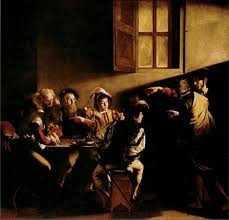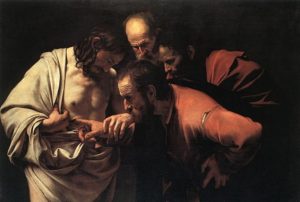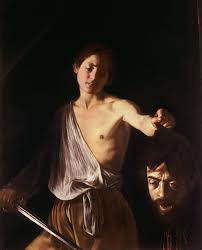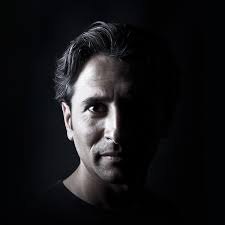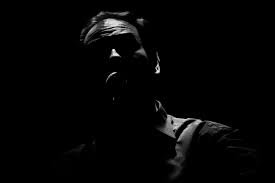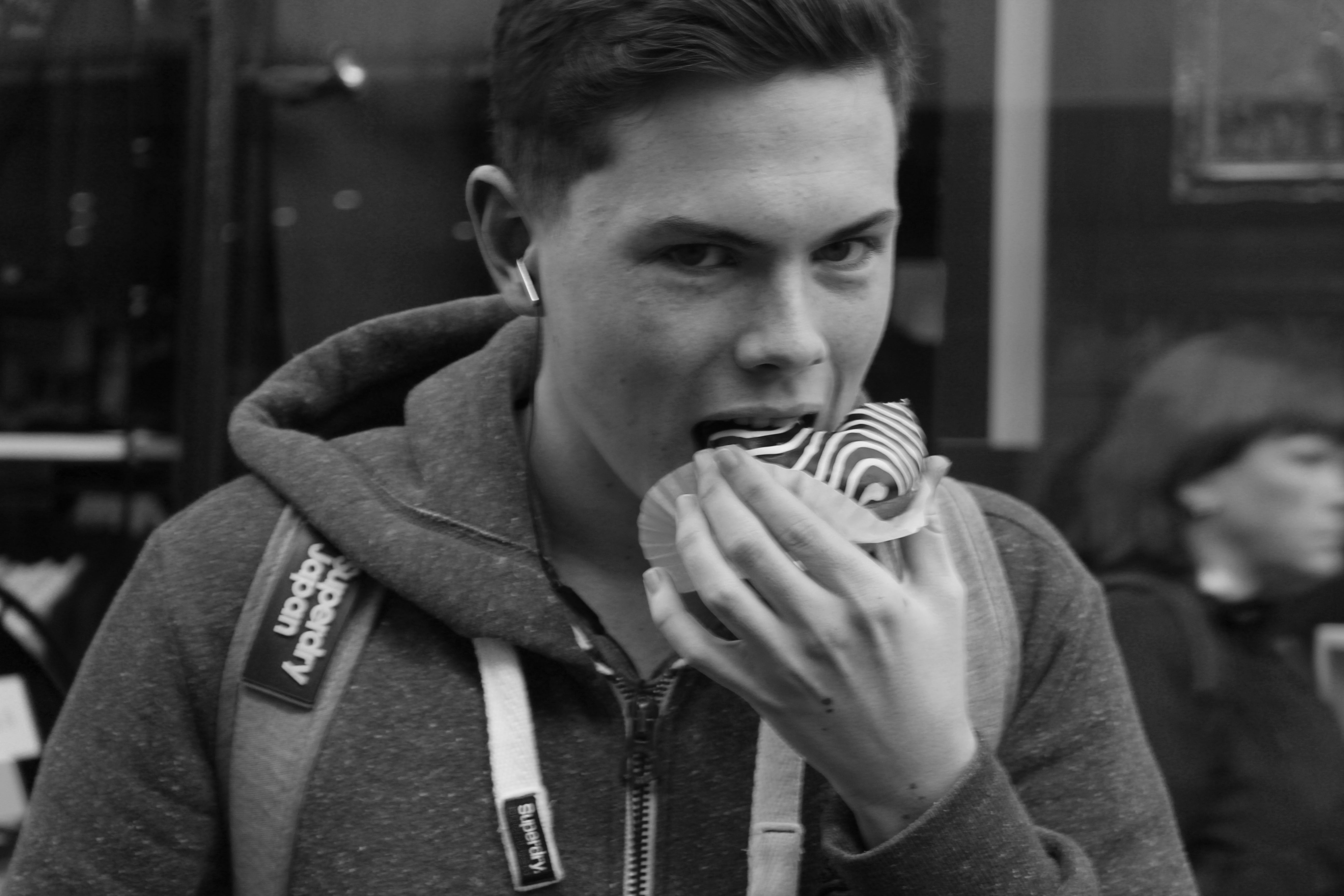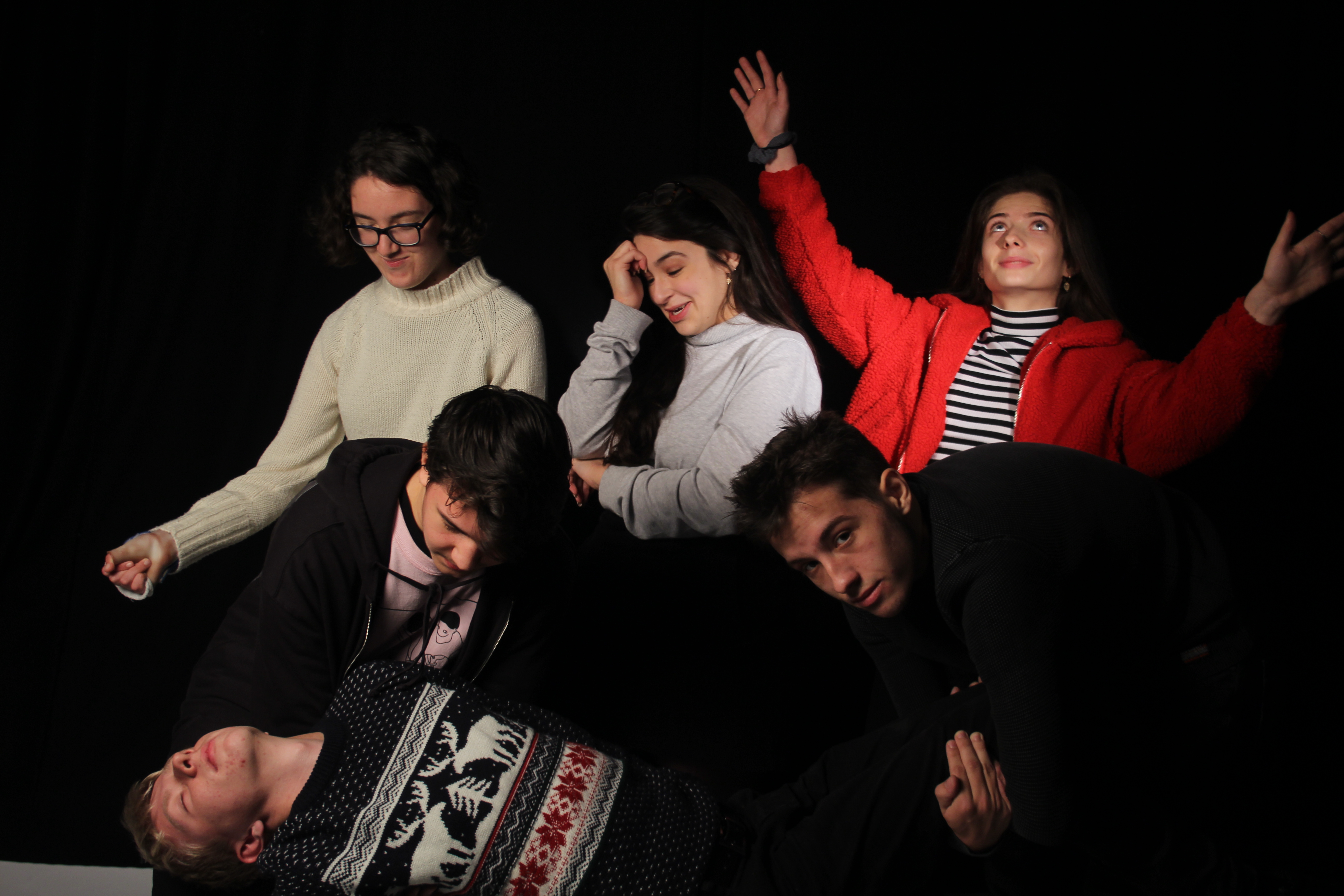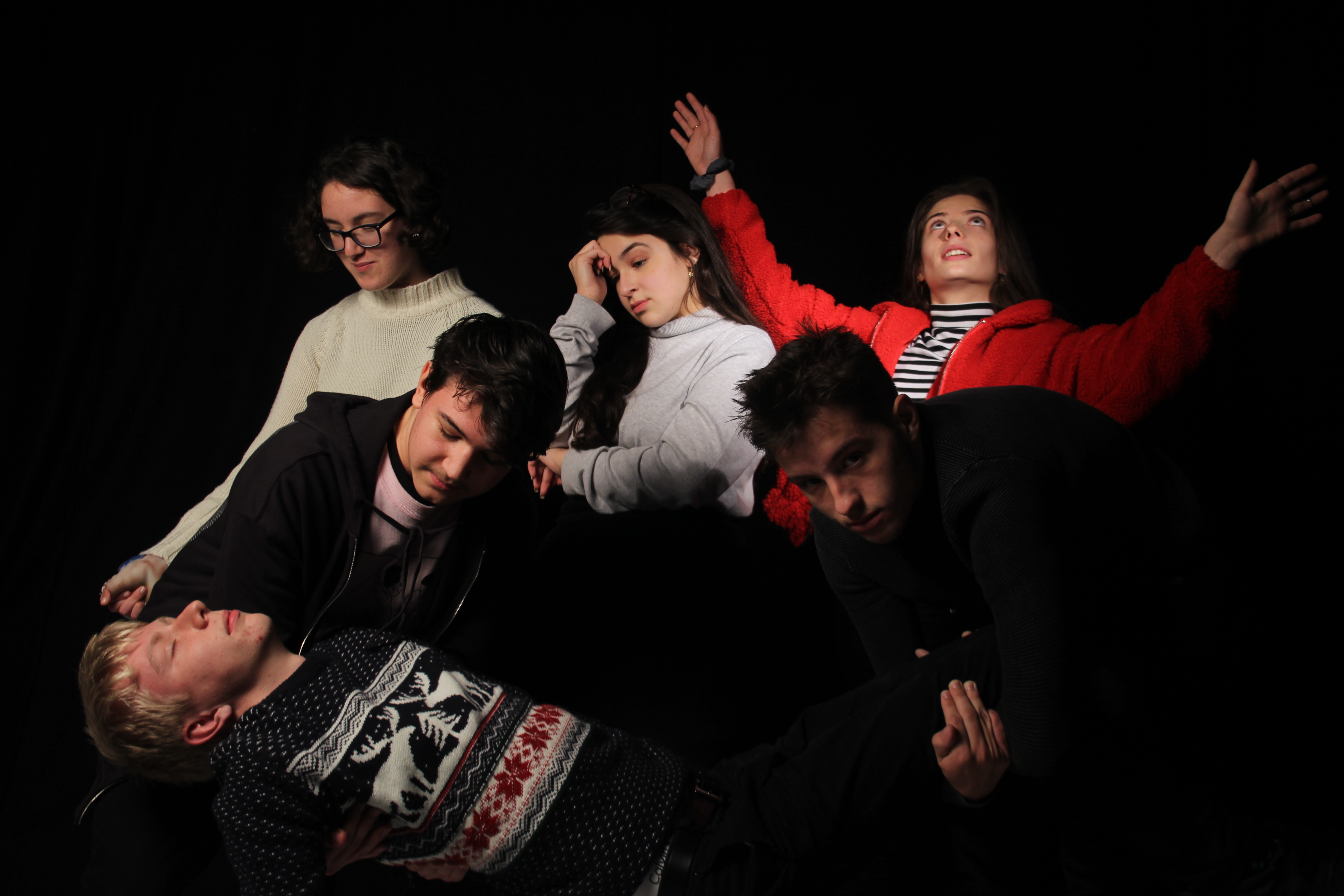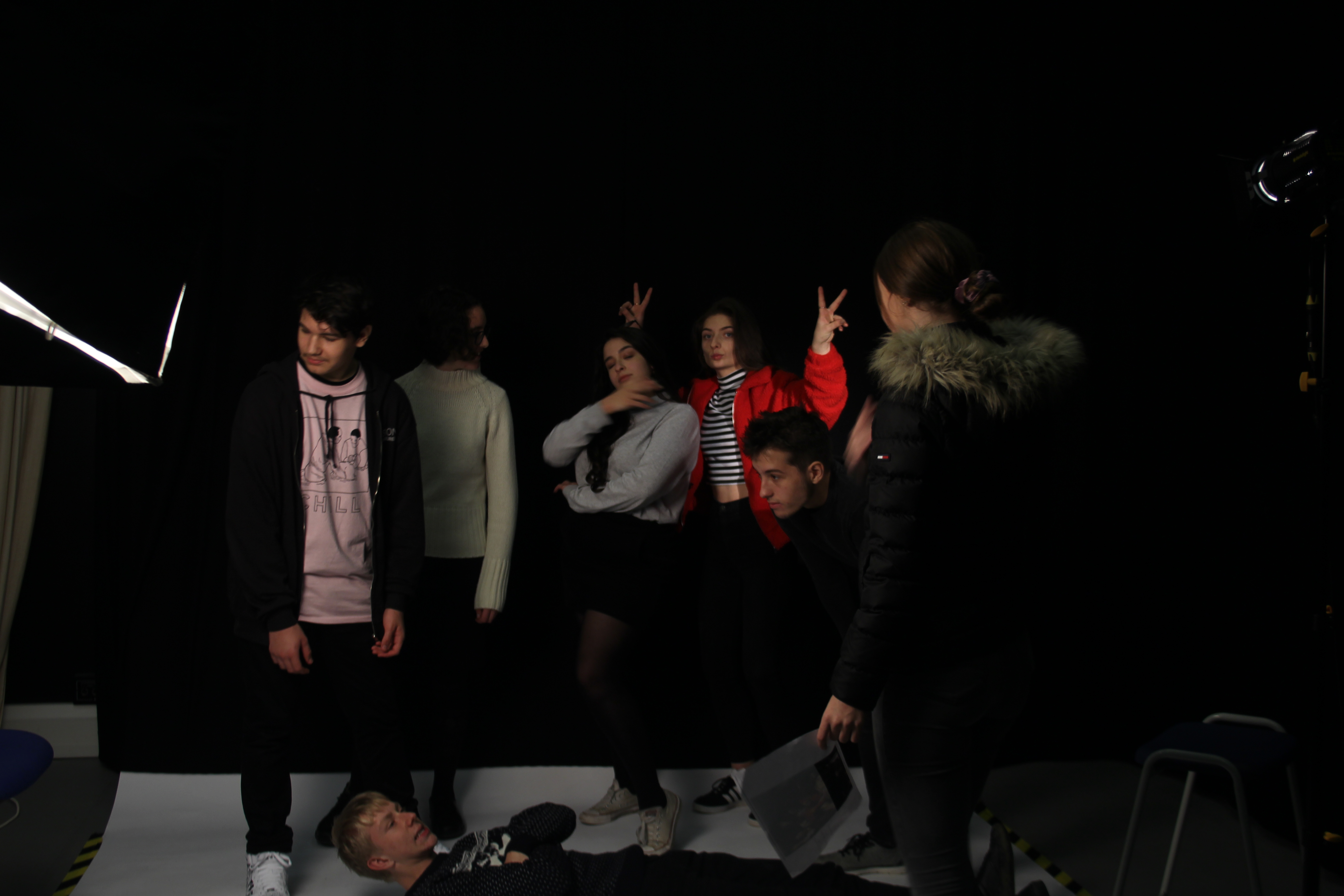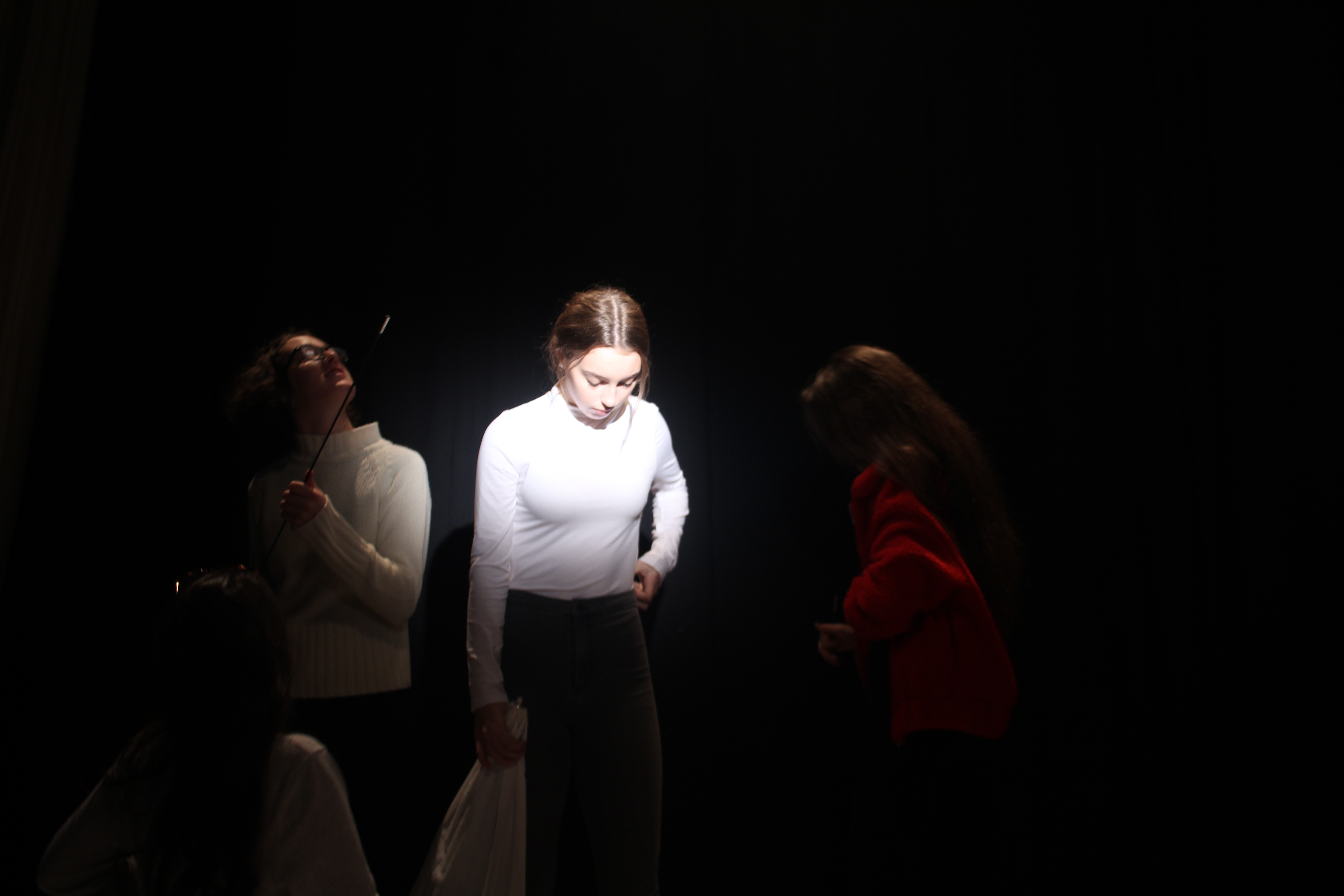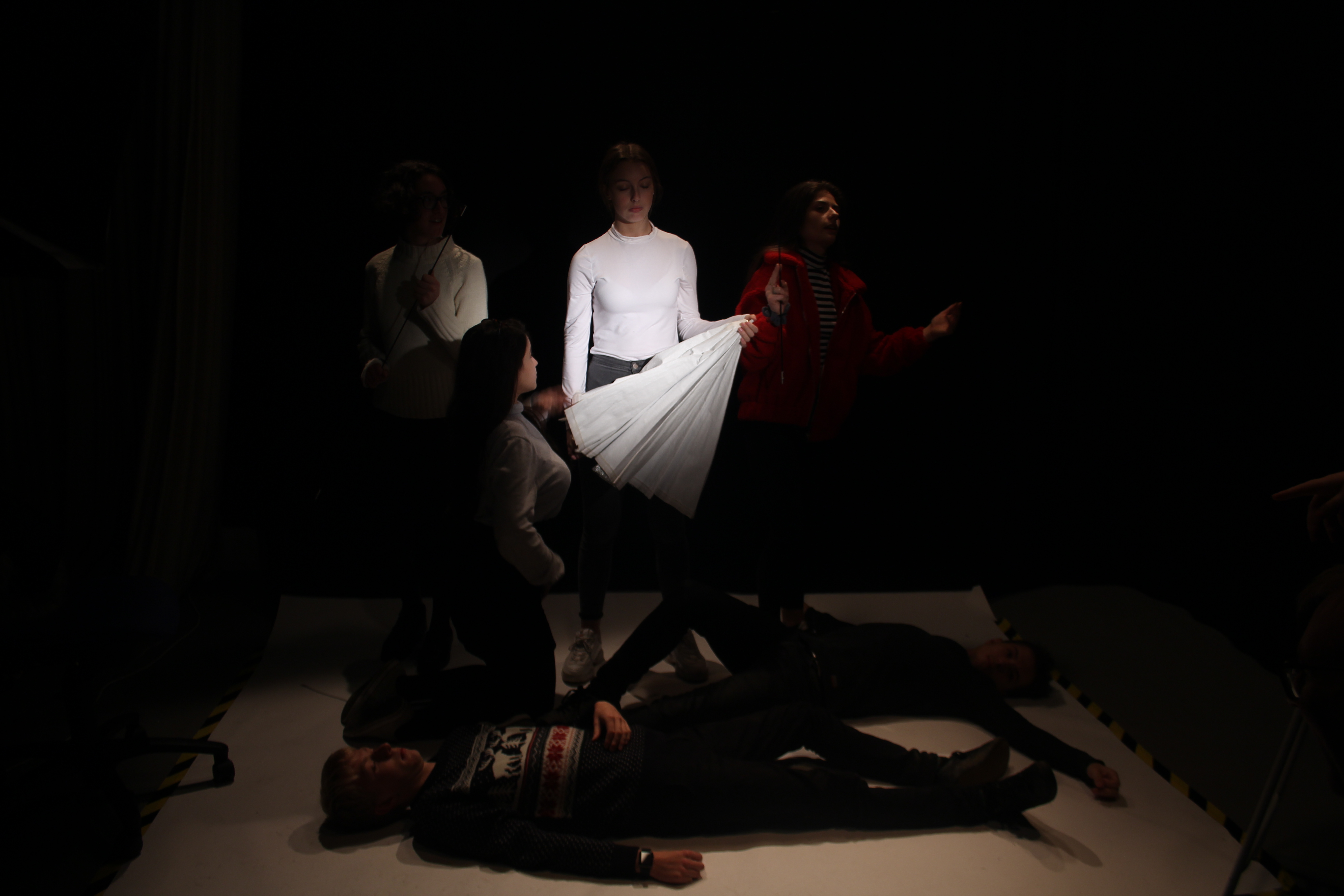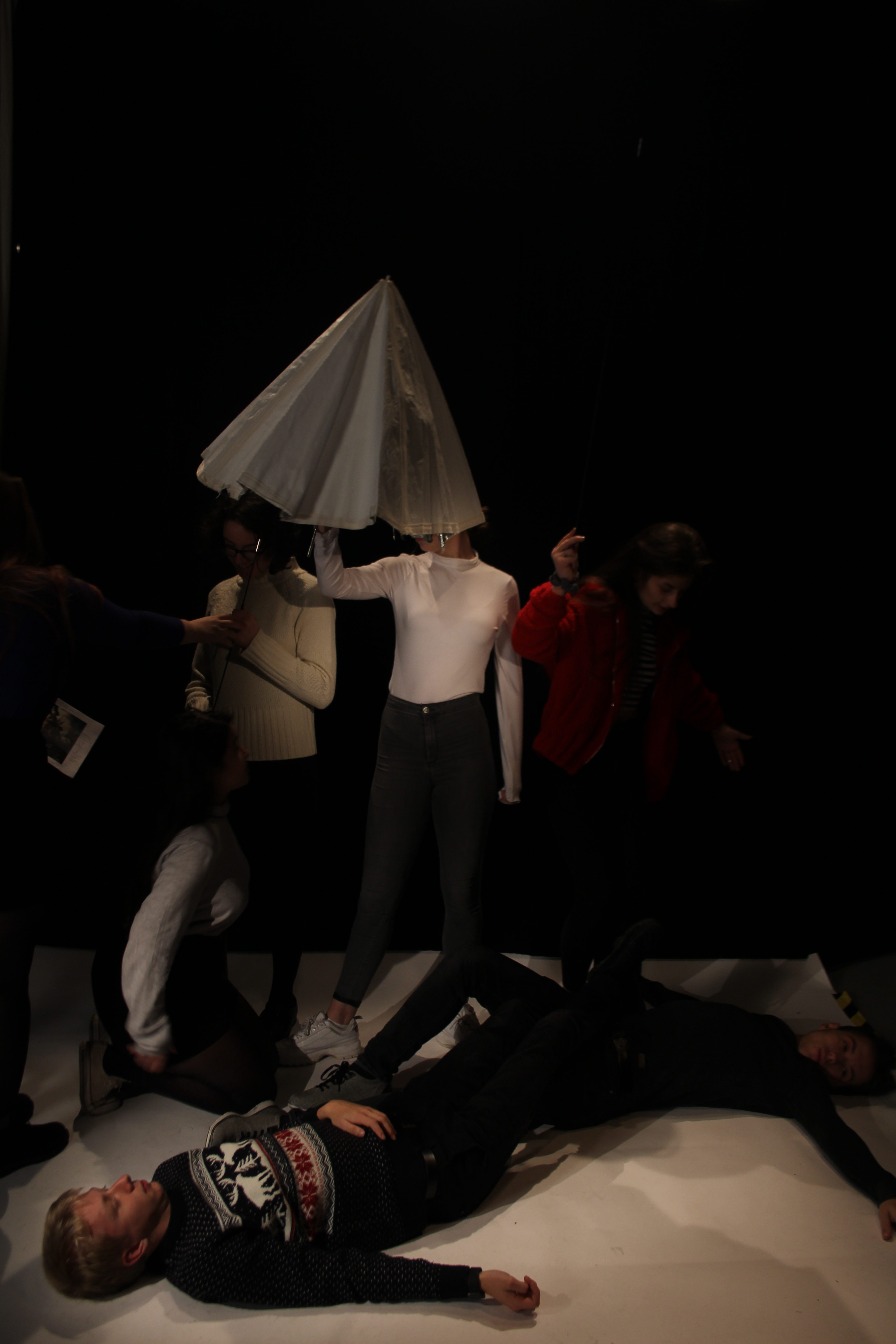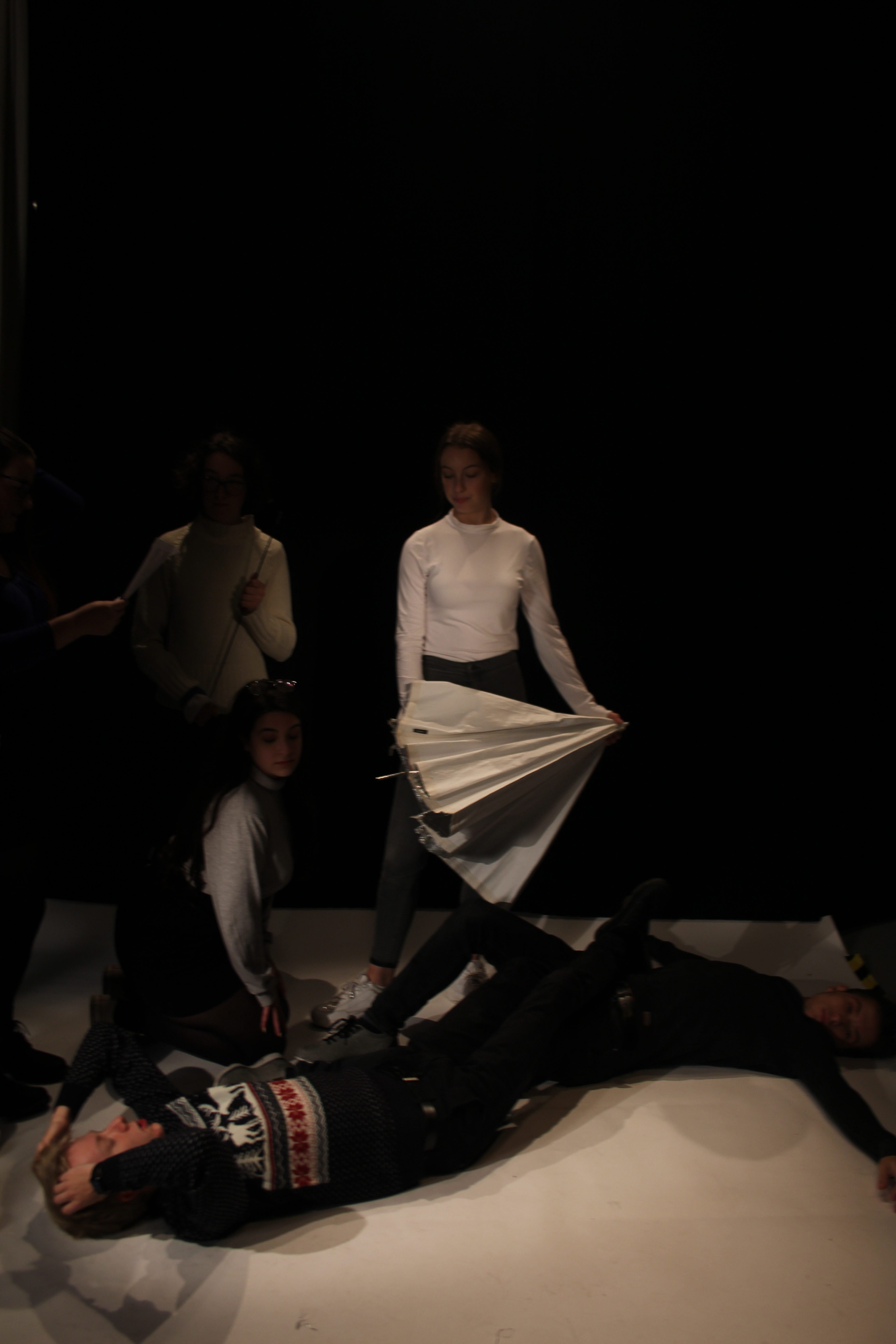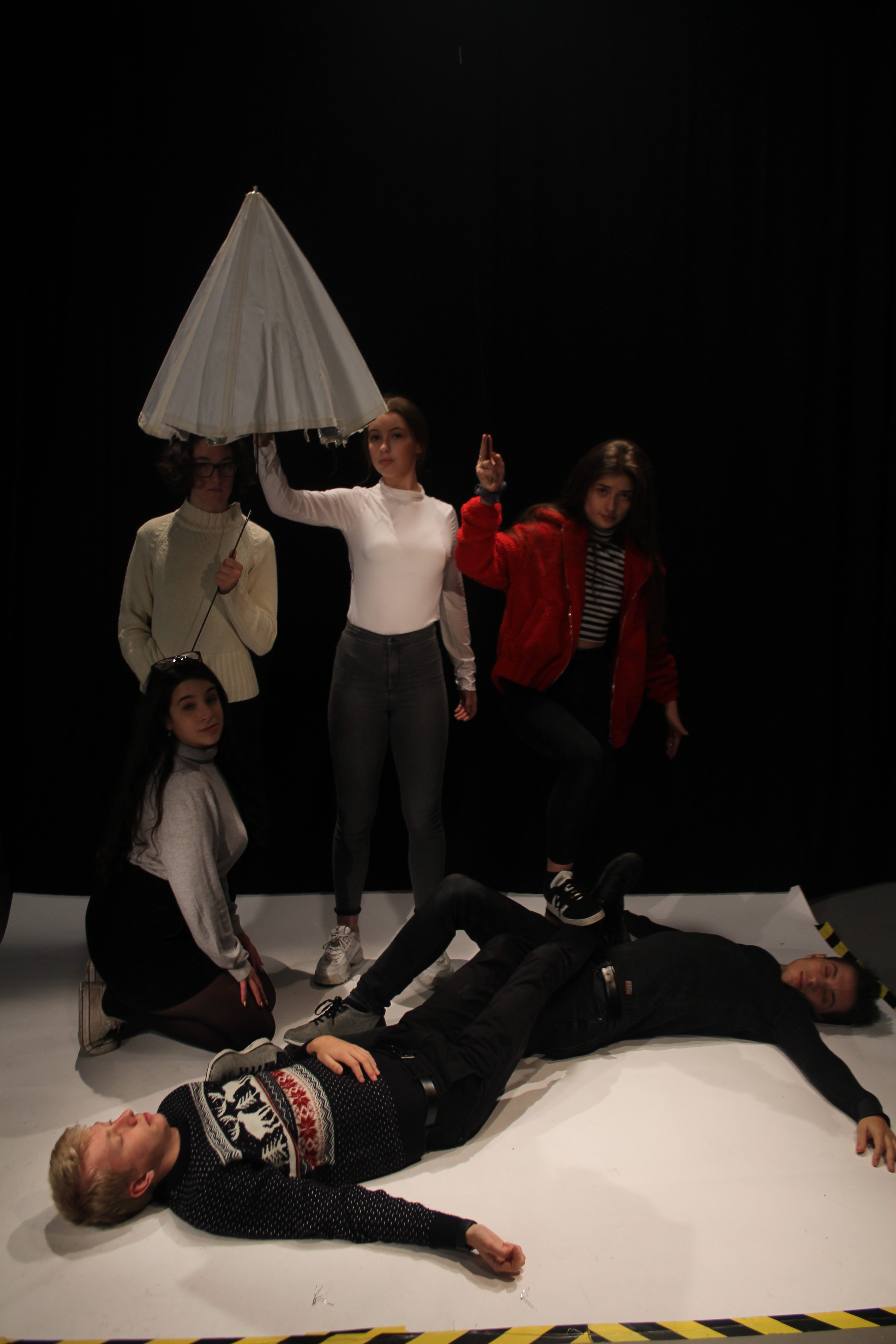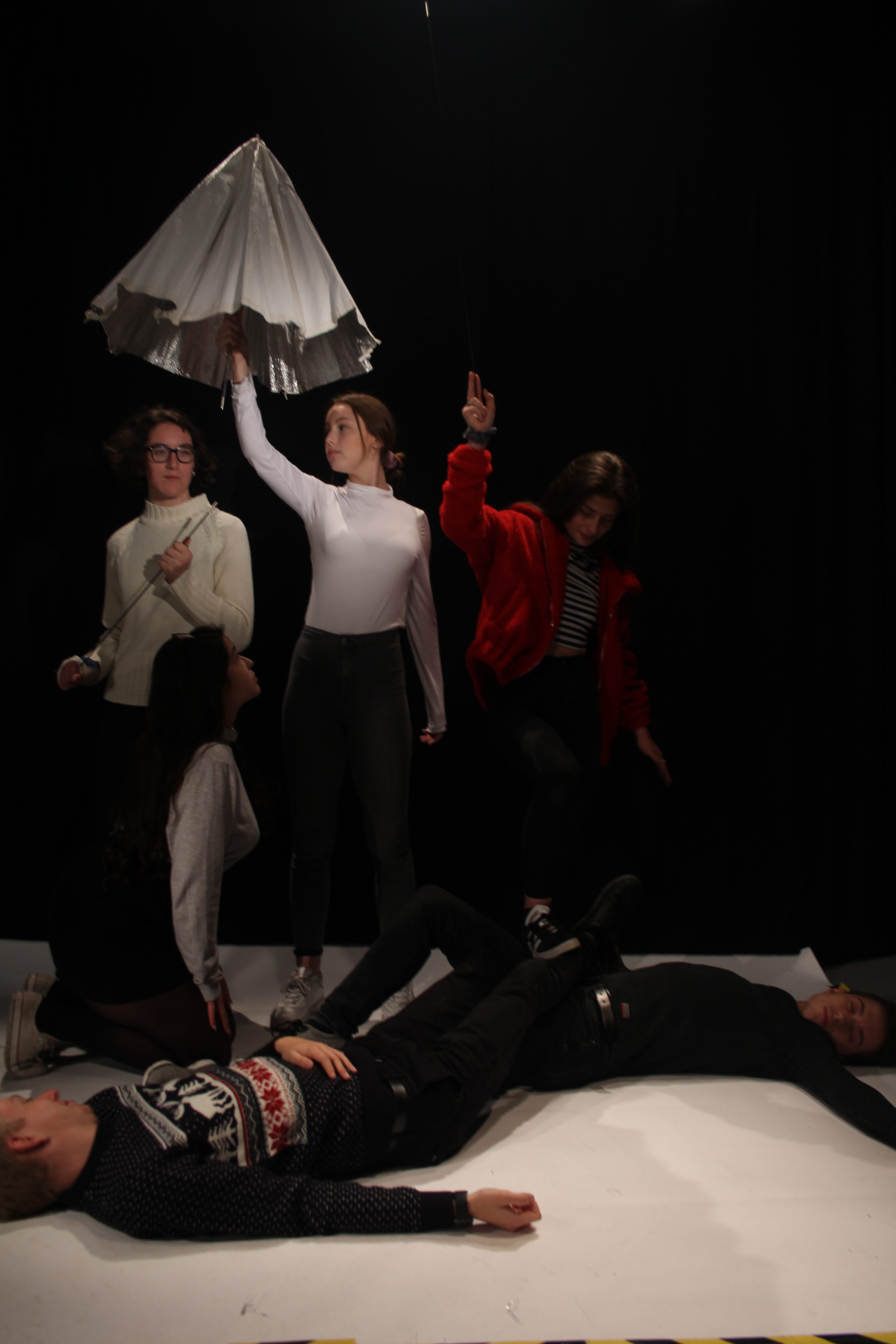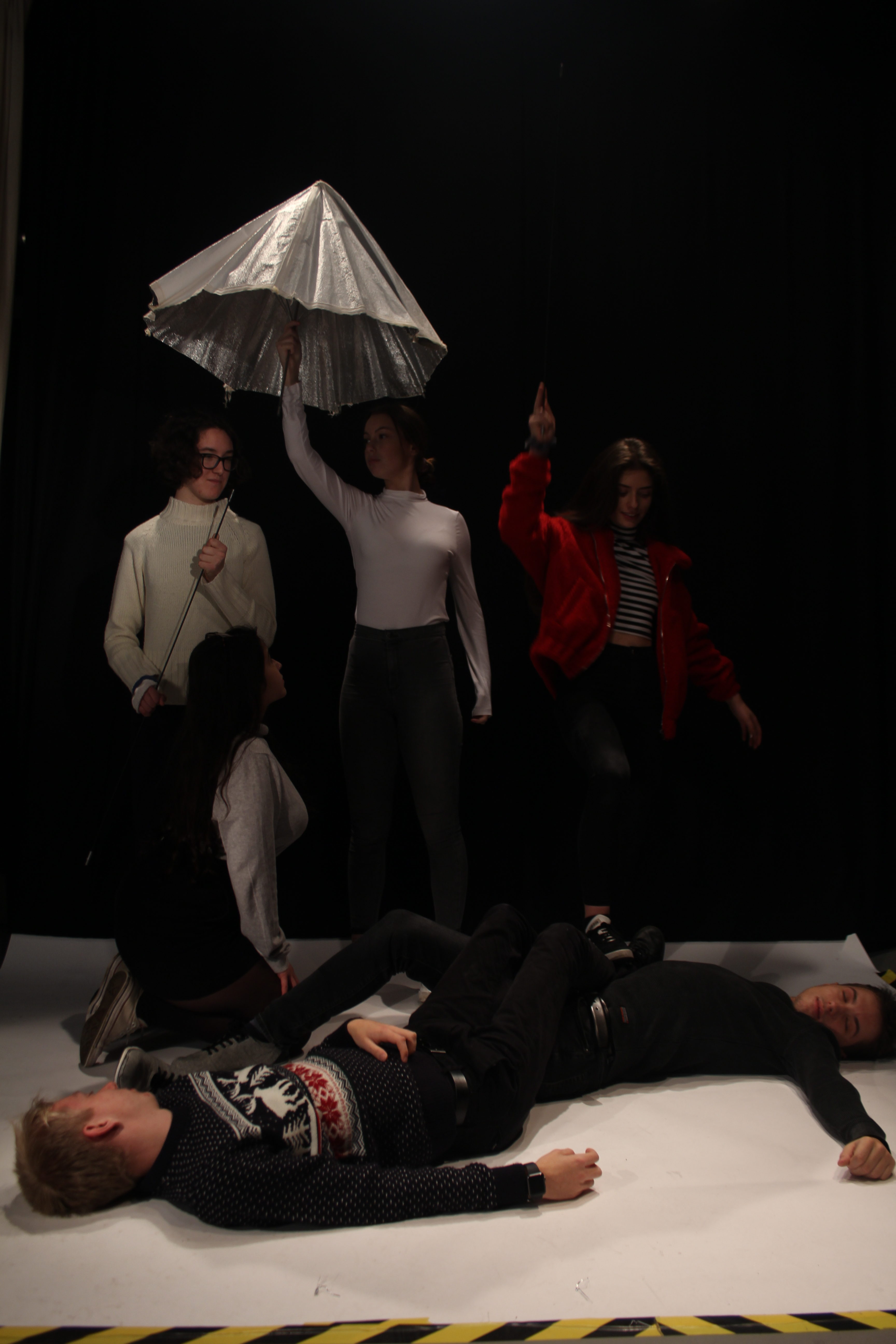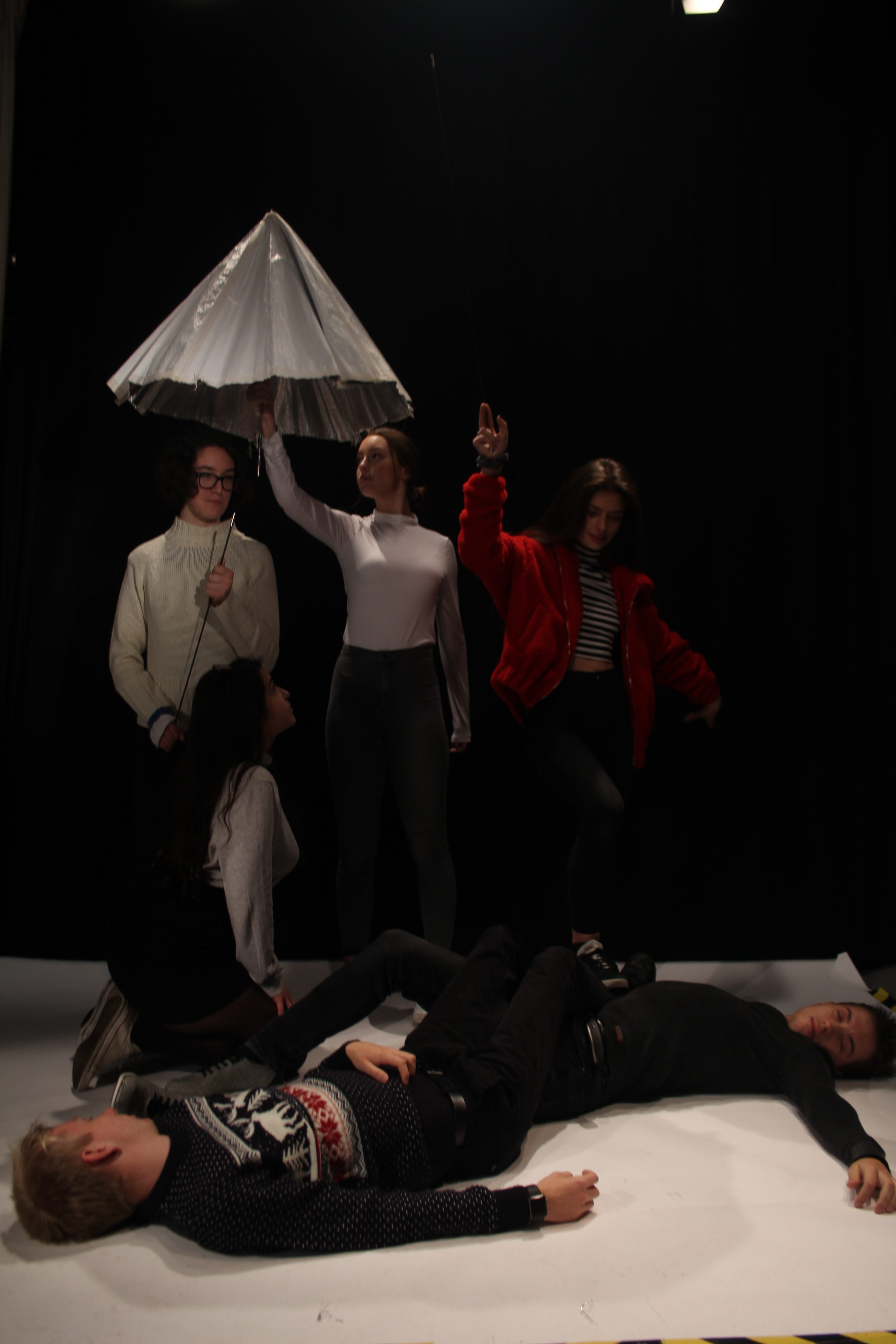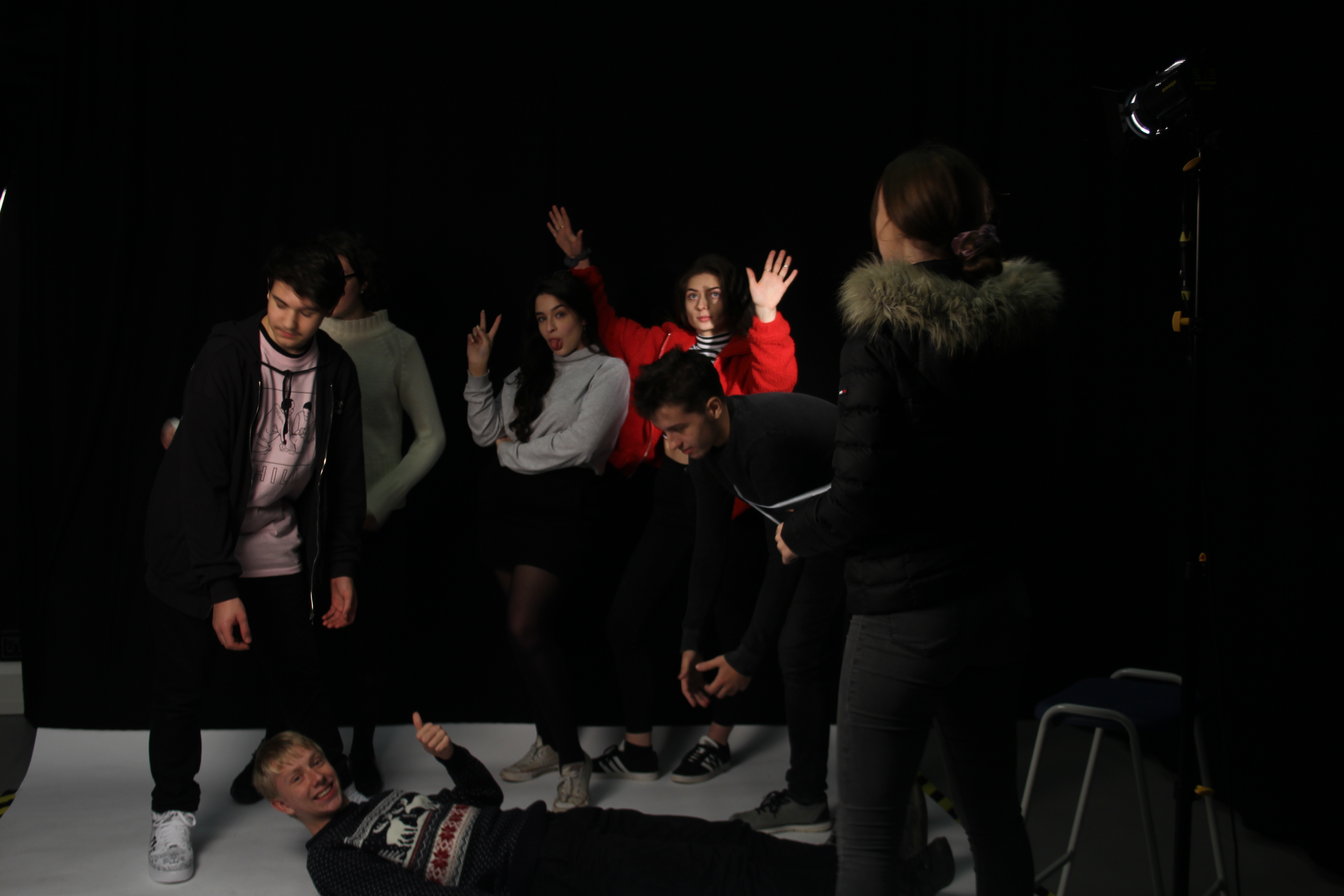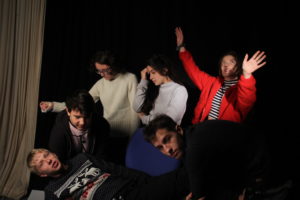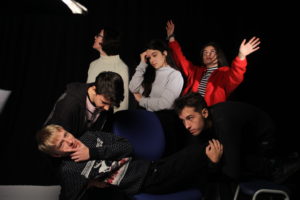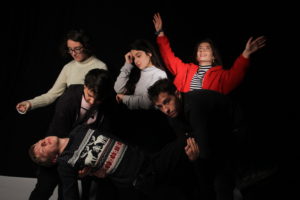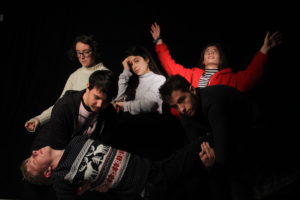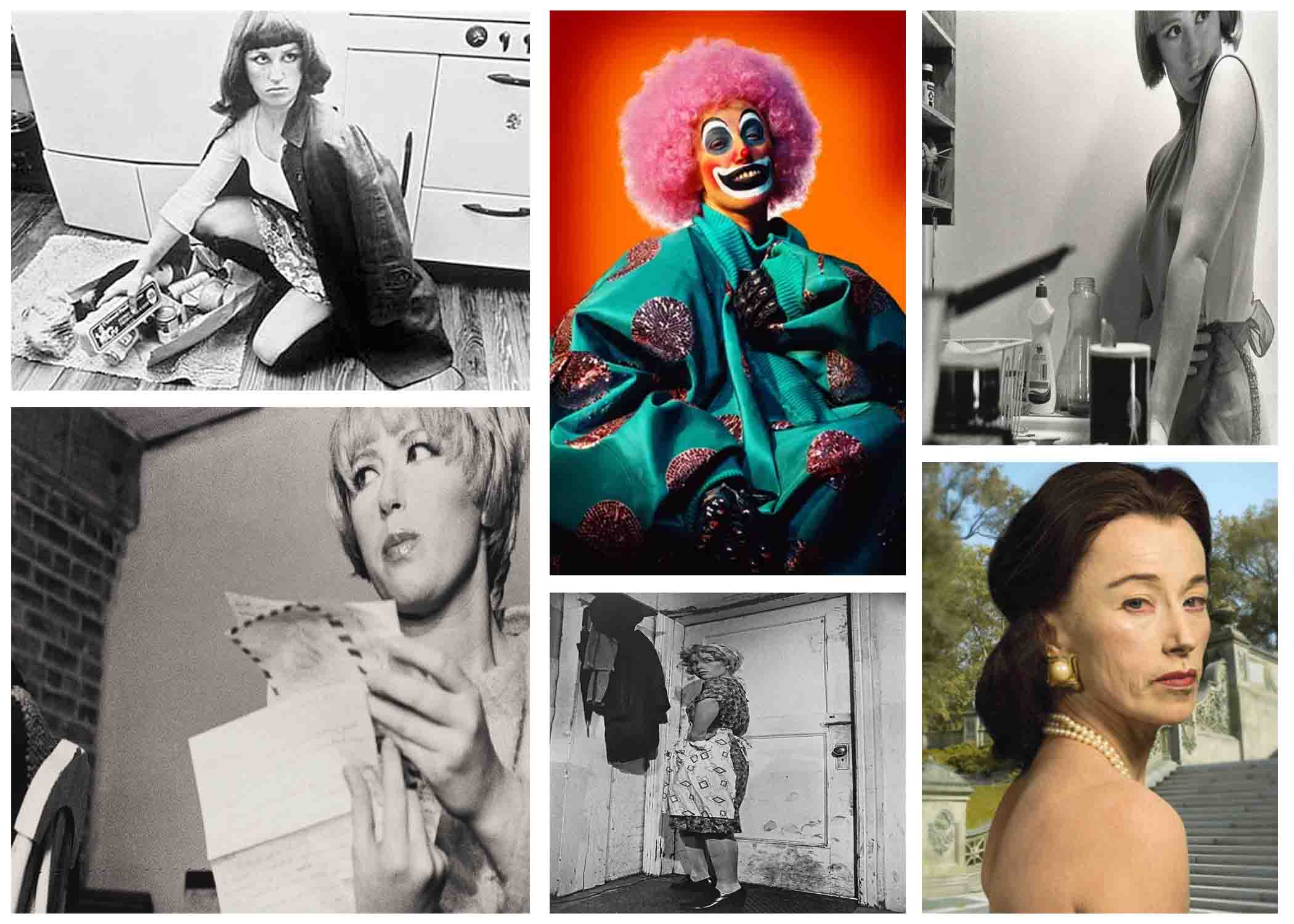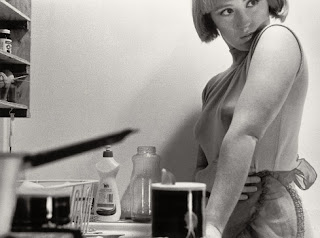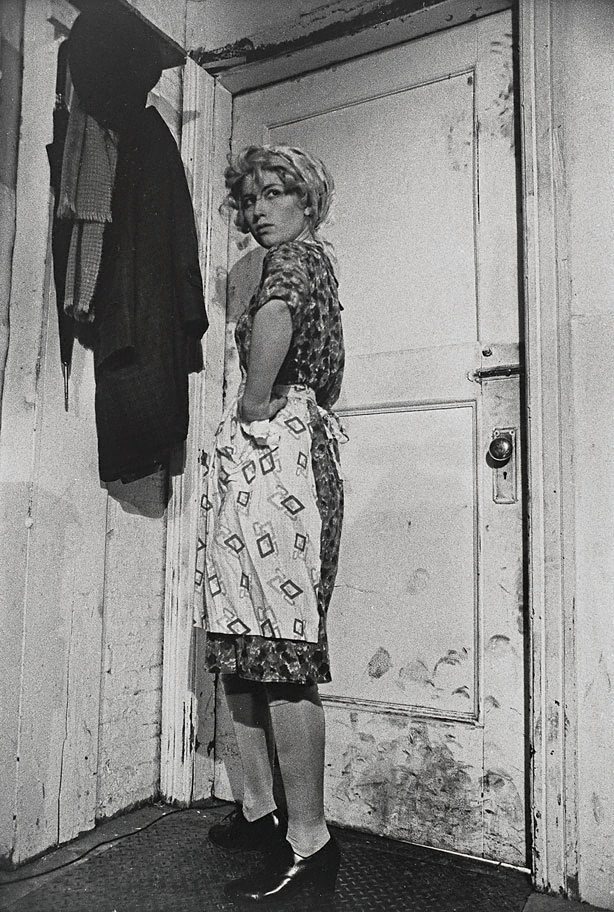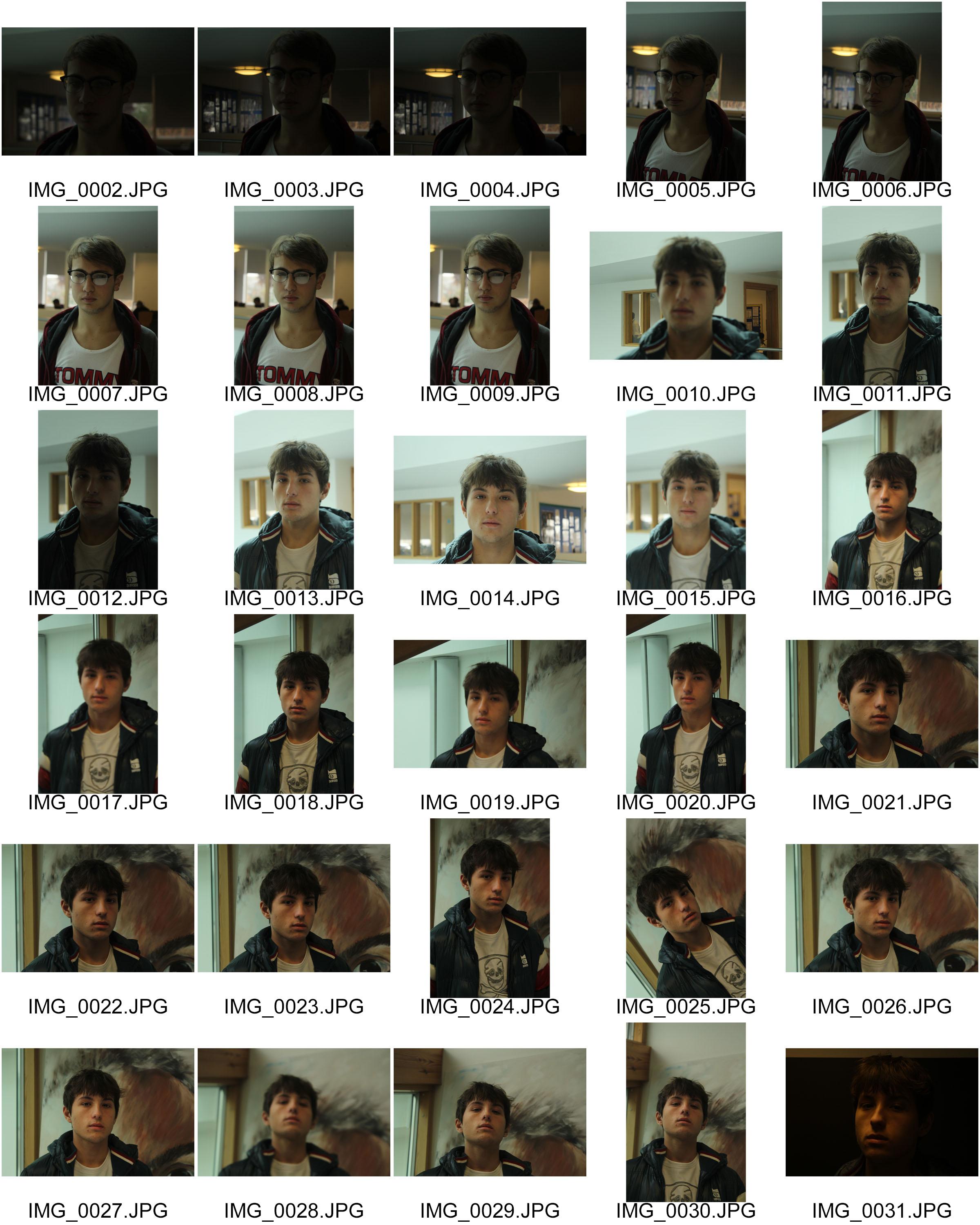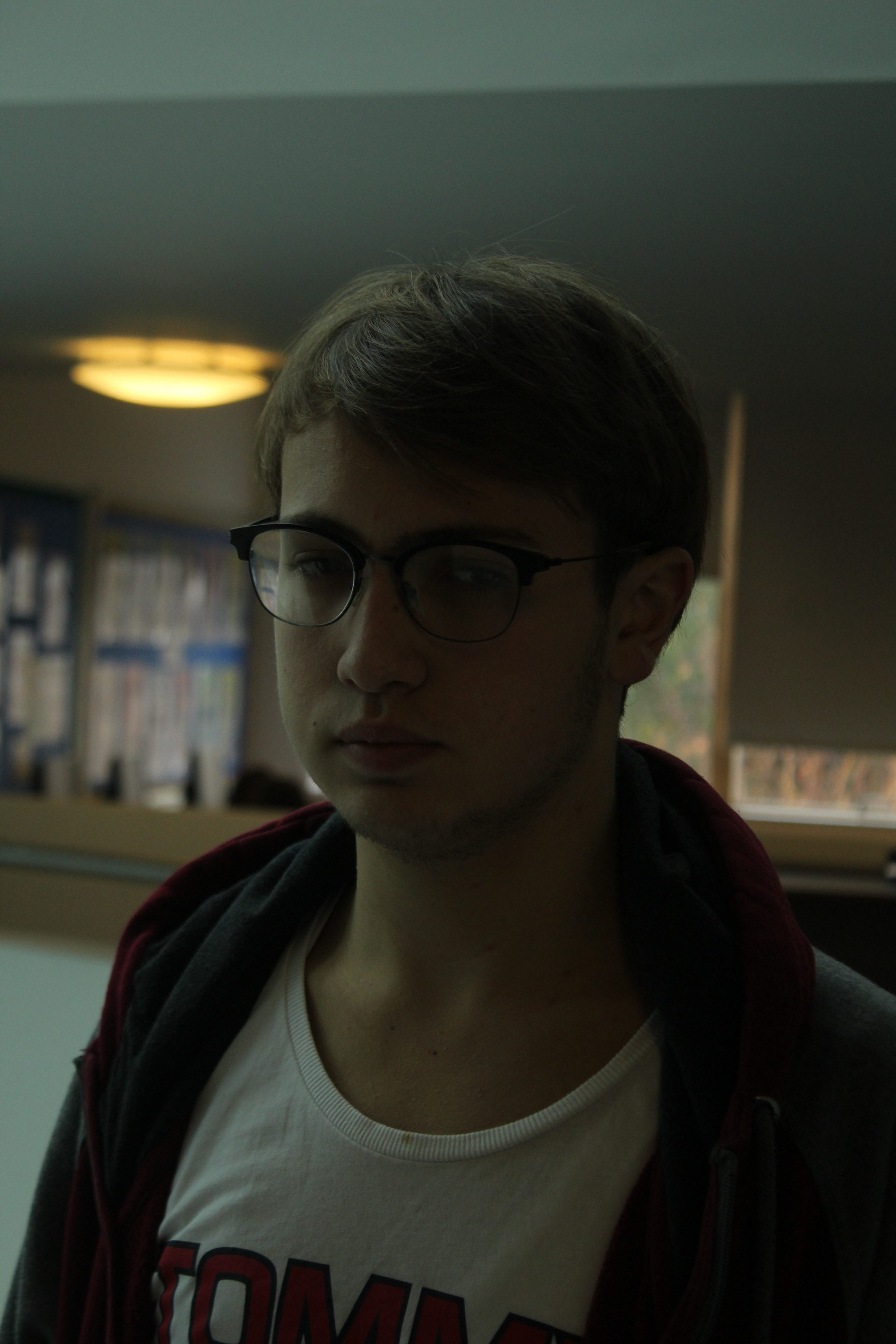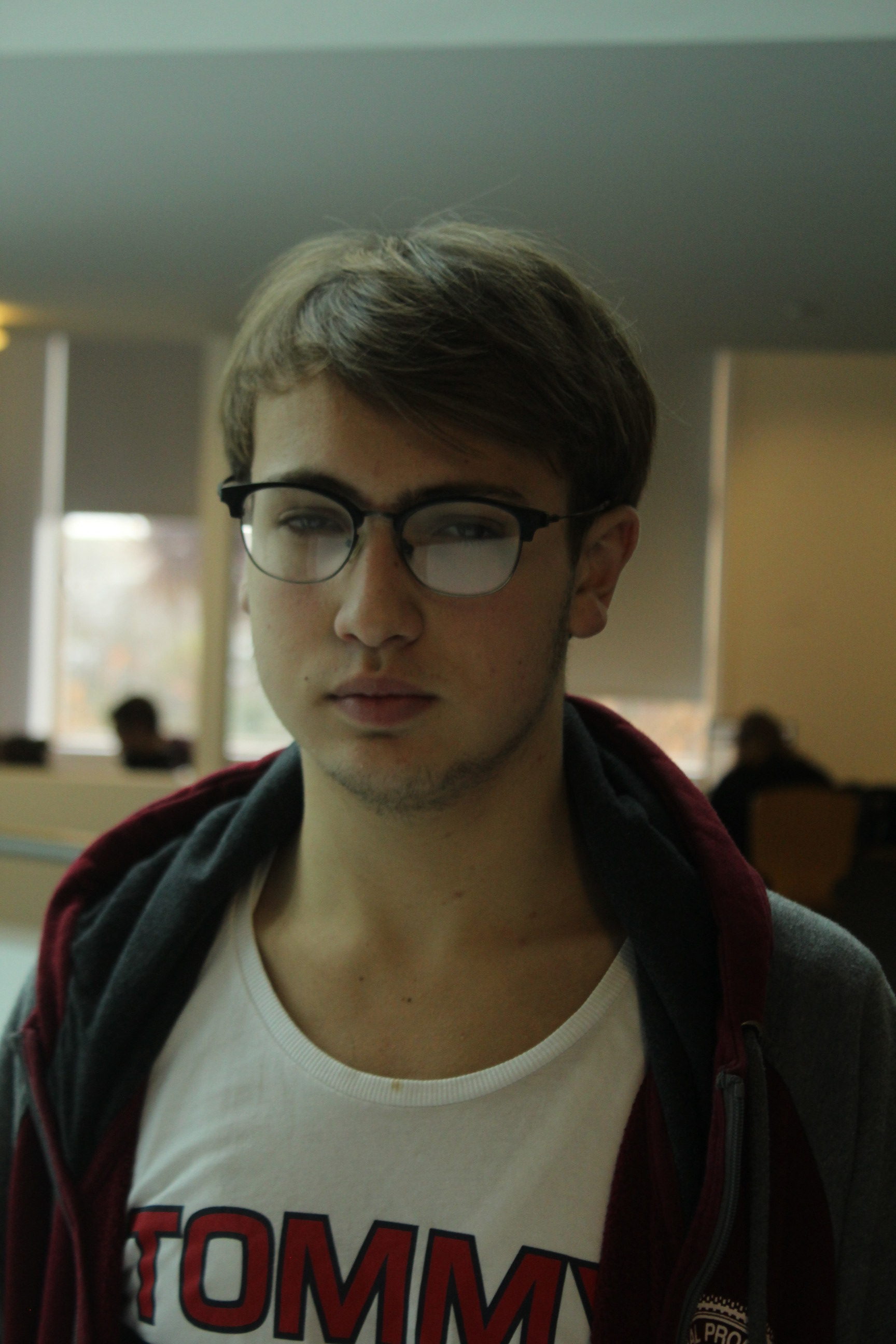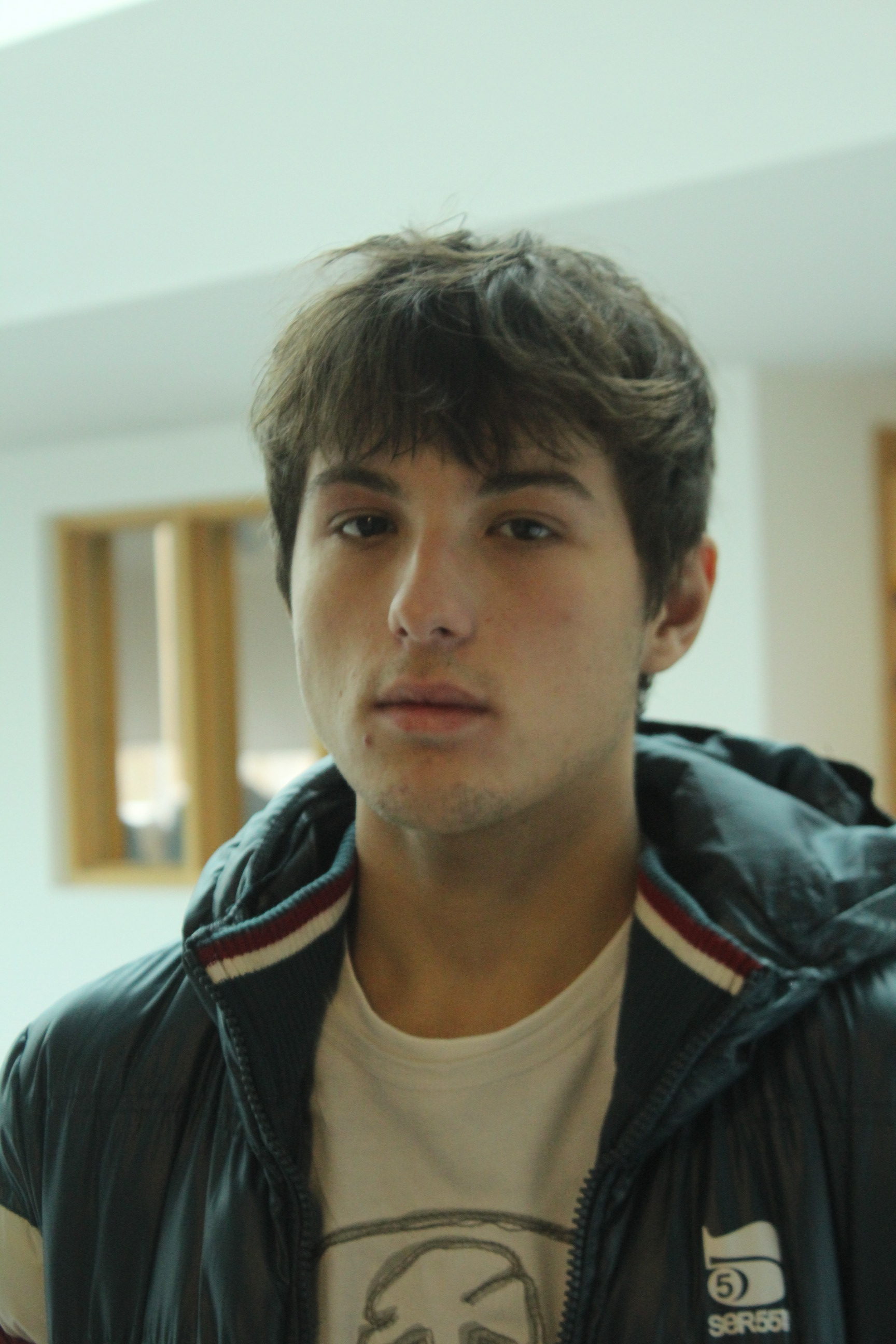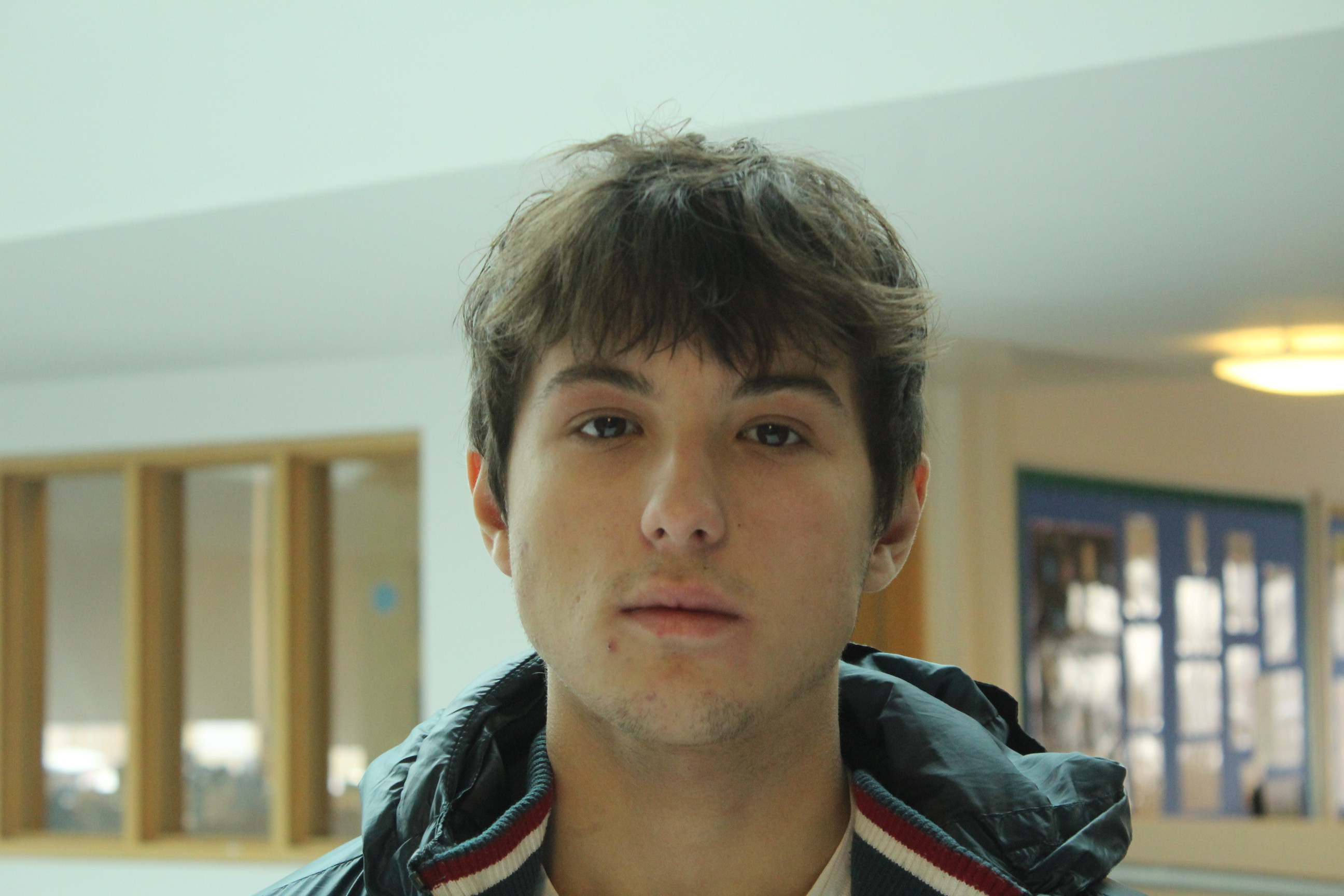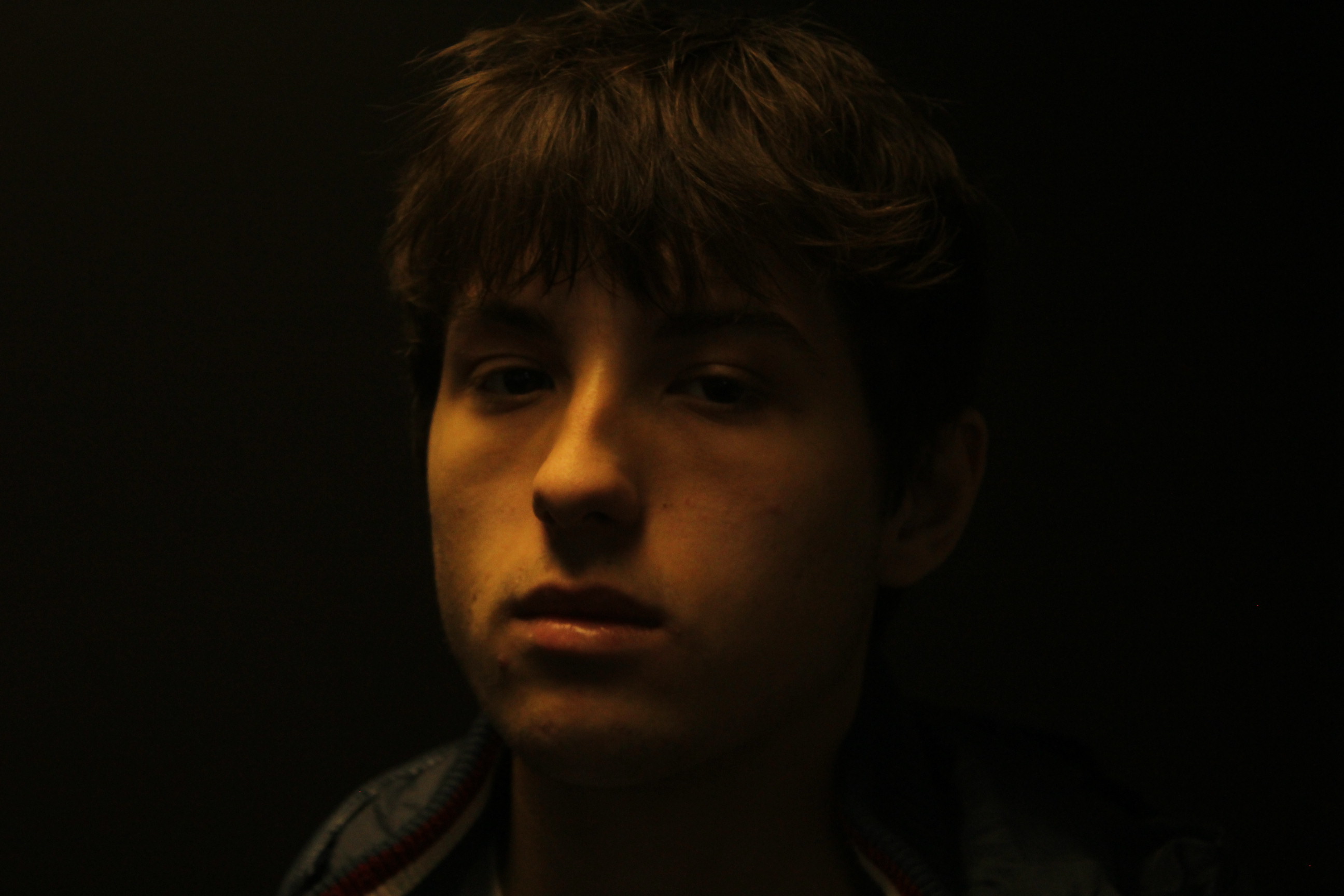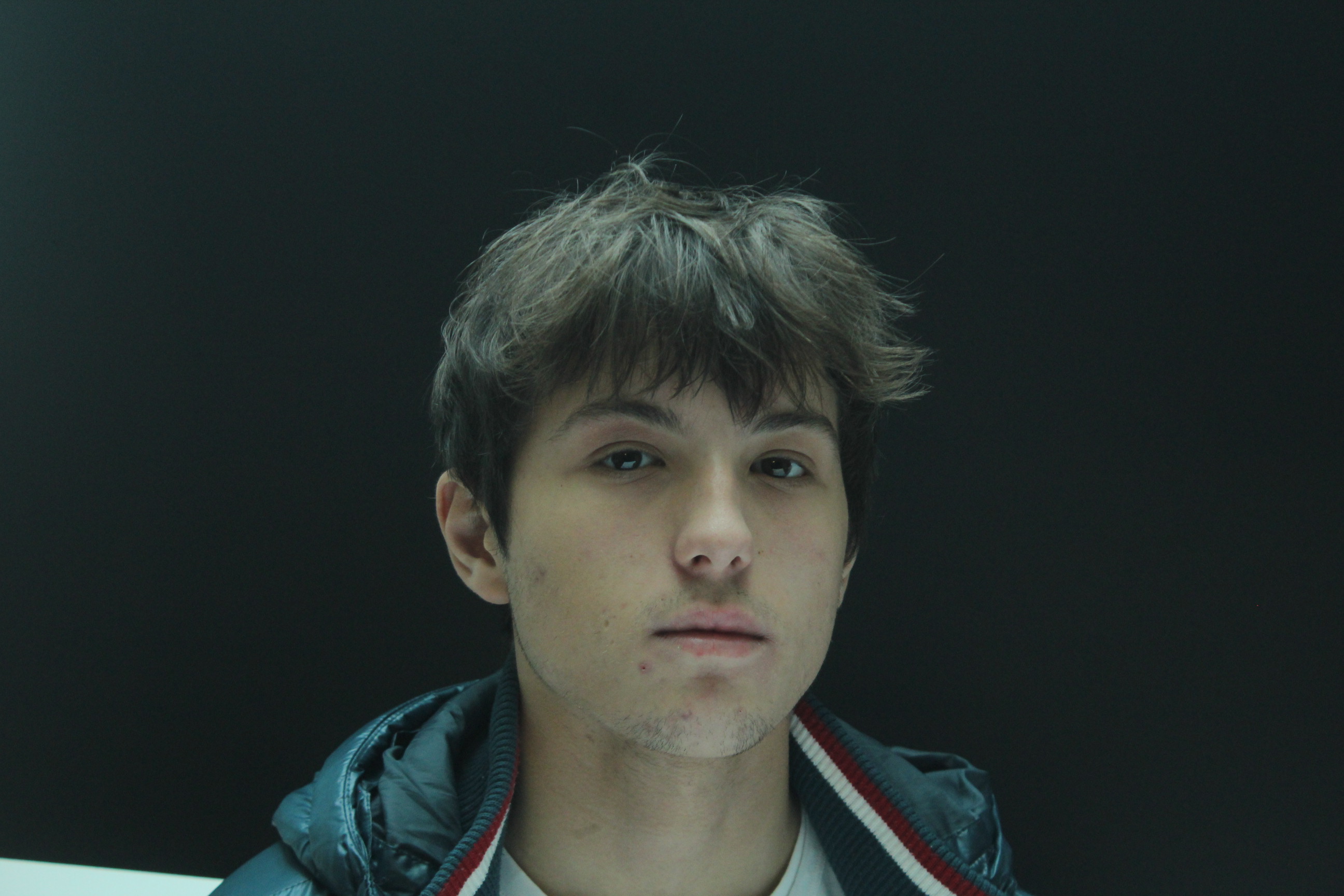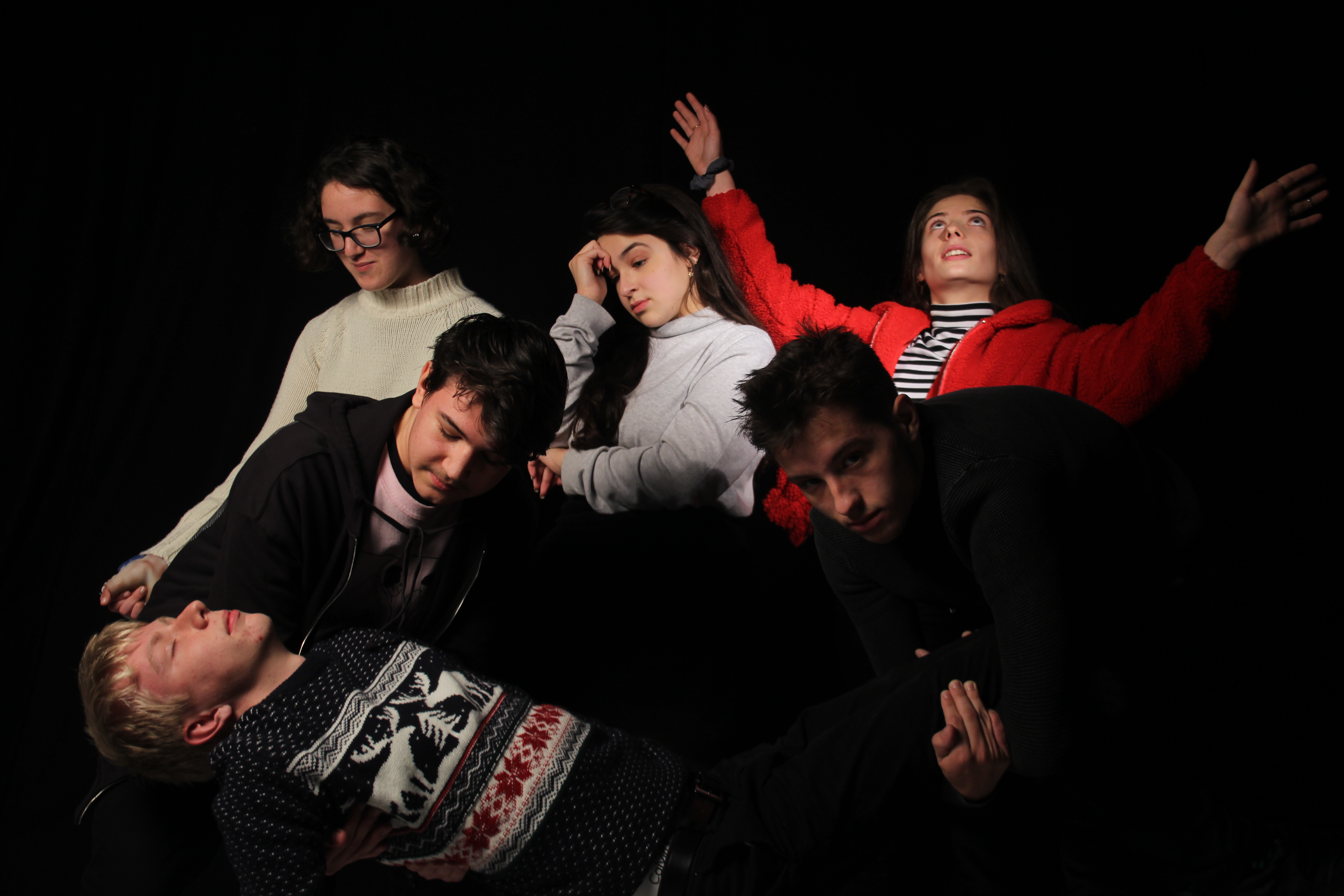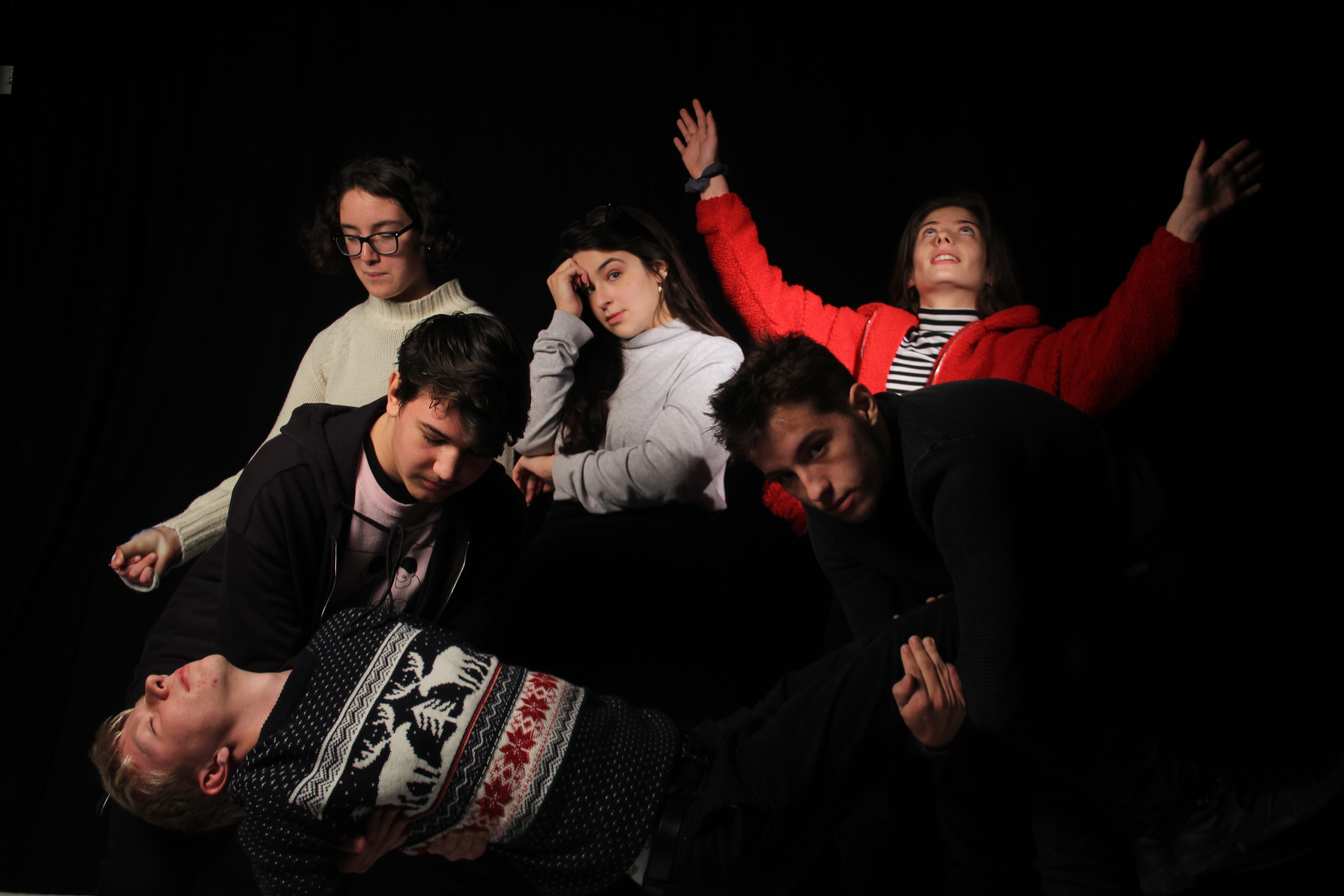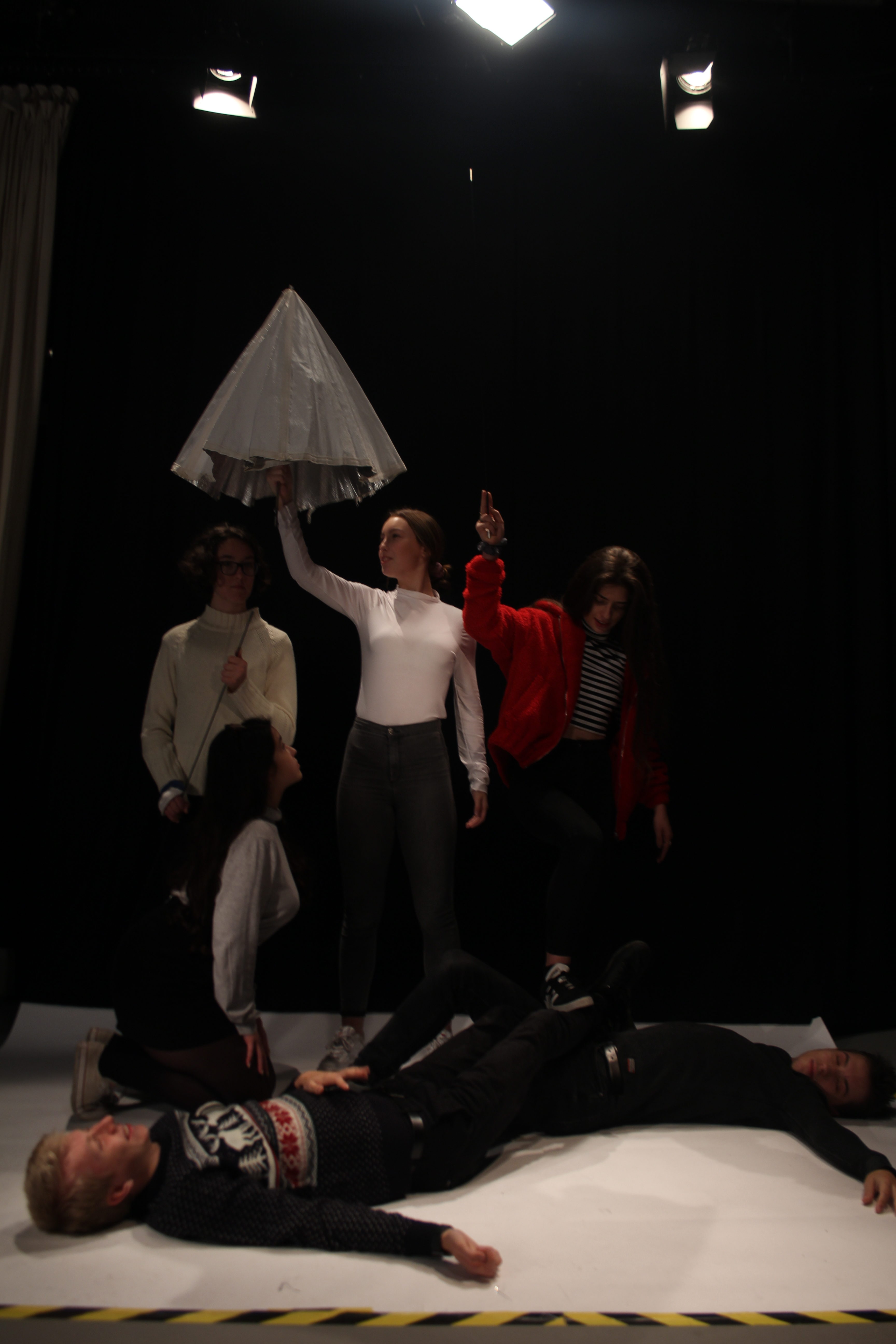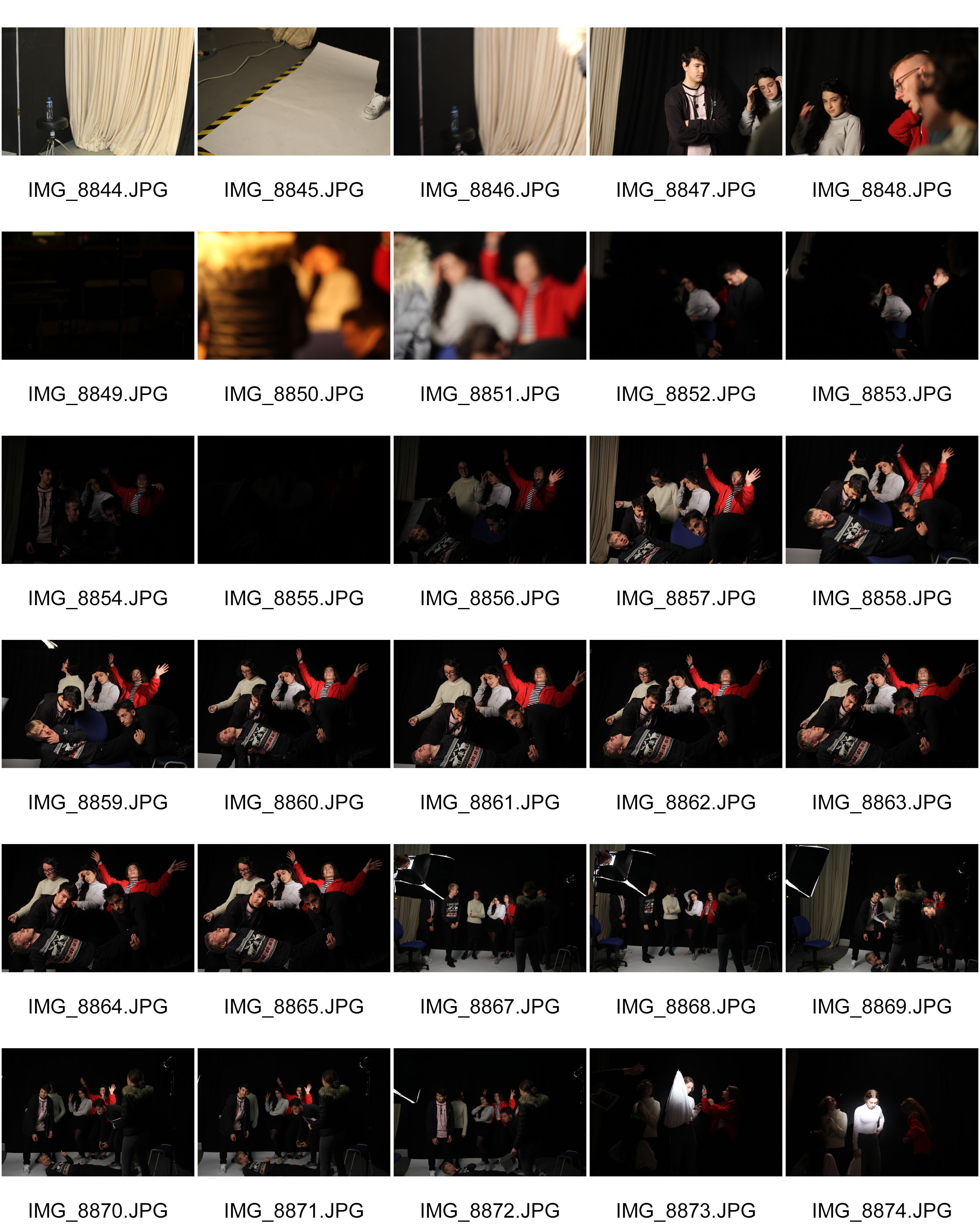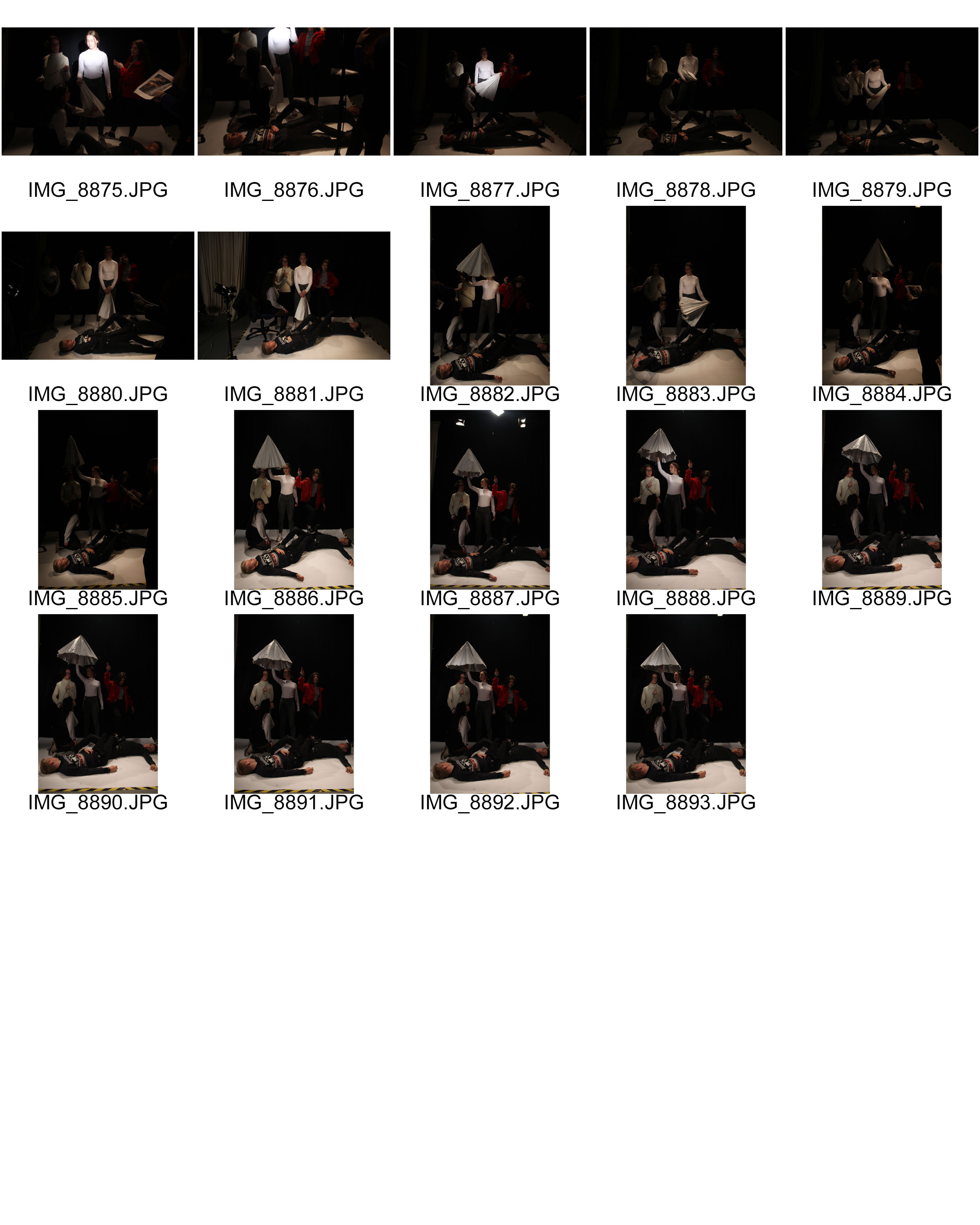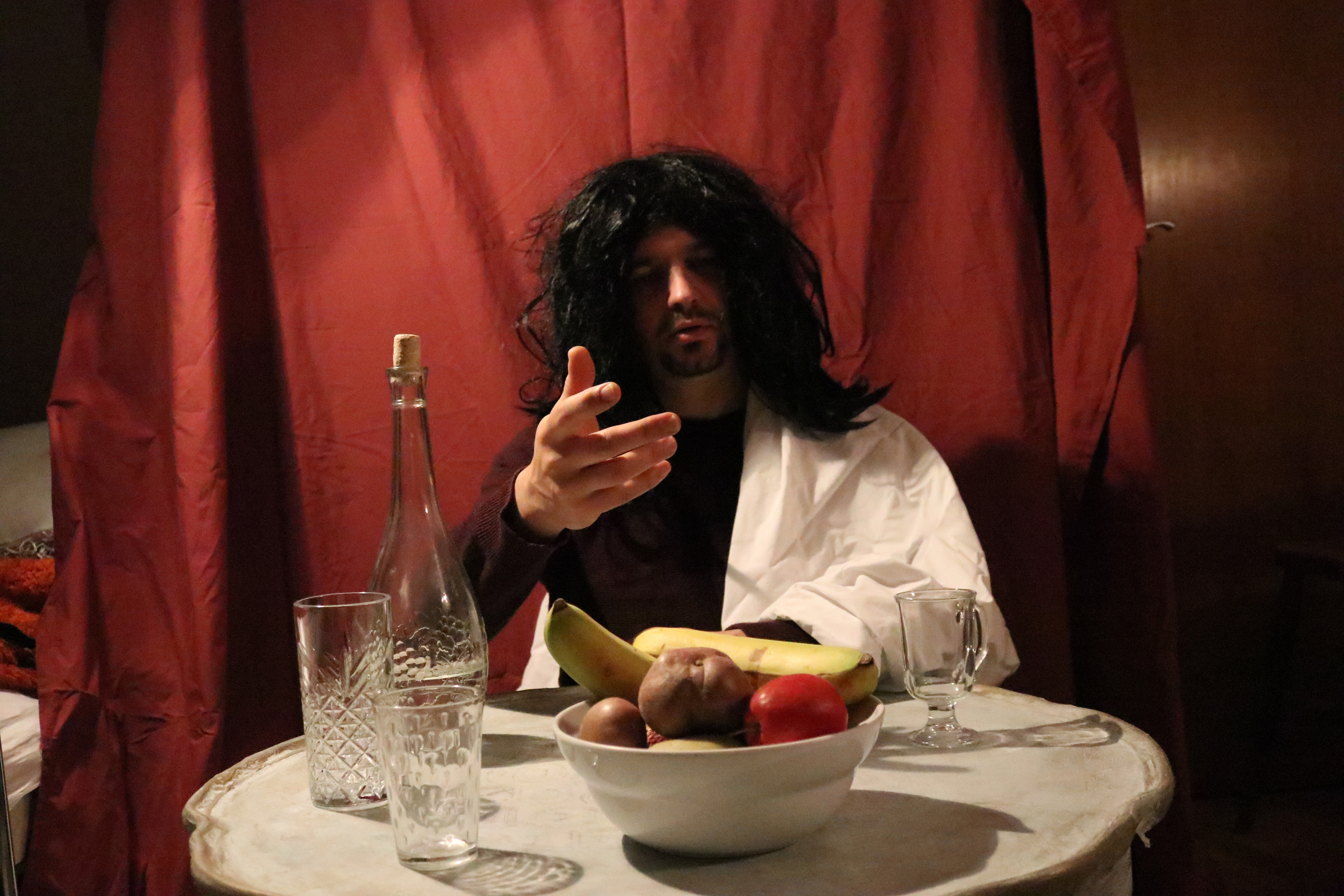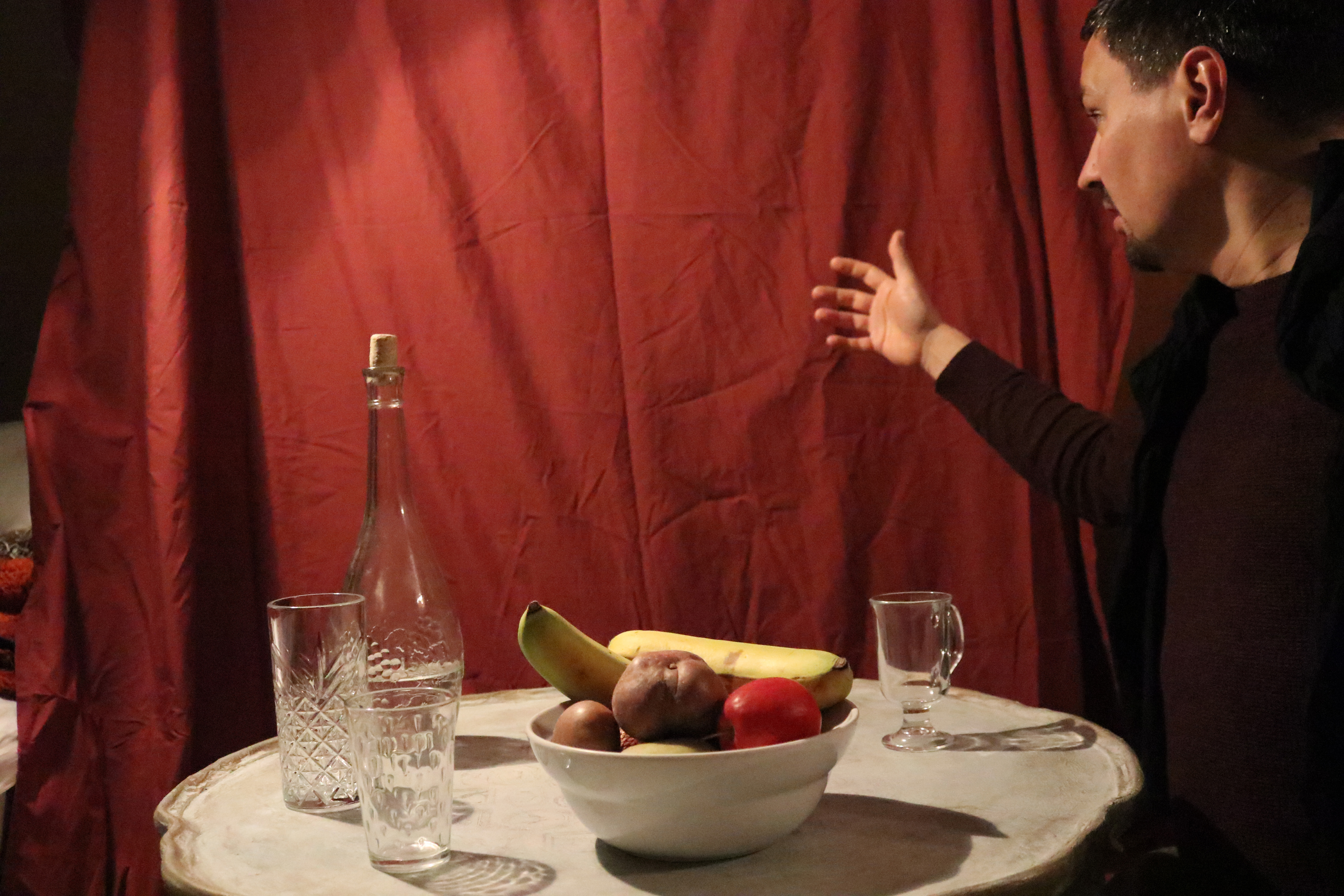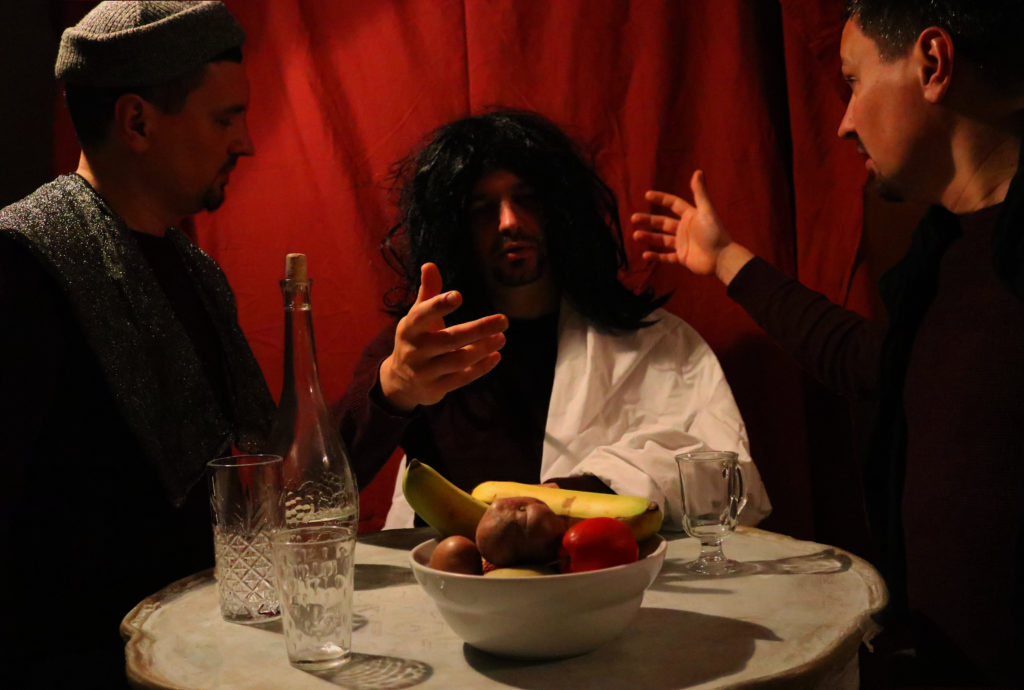David Bailey
David Bailey was a Biritsh Photographer, born in Leytonstone, London, United kingdom. He was born on the 2nd of January in 1938 currently being (80 years old). David Bailey being on of the many photographers to have a chance to photography famous people, from Johnny Depp too David Beckham

Bailey developed a love for natural history which them developed his love for photography. Bailey suffered from undiagnosed dyslexia which resulted in him having to be home schooled. However, having this happened Bailey claims to have only attended over 30 times which then led him to wanting to drop out of school at the age of 15.
in 1959 Bailey became an assistant photographer to John French, in 1960 he was a photographer for John Cole’s studio Five, which led onto Bailey being contacted by British Vogue Magazine where he worked for about 15 years, first on staff and later as a freelancer. He also freelanced for other magazines and newspapers.
Bailey’s fashion work and celebrity portraiture, characterized by stark backgrounds and dramatic lighting effects, transformed British fashion and celebrity photography from chic but reserved stylization to something more youthful and direct. His work reflects the 1960s British cultural trend of breaking down antiquated and rigid class barriers by introducing a working-class or punk look into both clothing and artistic products. He is thought to have inspired the role of the photographer, Thomas, in Michelangelo Antonioni’s film Blow up 1966.
Bailey also directed television commercials and produced a number of books and documentary films. In 1972 he began publishing the fashion and photography magazine Ritz. Although he continued to photograph celebrities for publications such as Harper’s Bazaar and The London Times throughout the 1970s, ’80s, and ’90s, he began to turn his attention to television commercials.
Here are some examples of his most famous portraits:
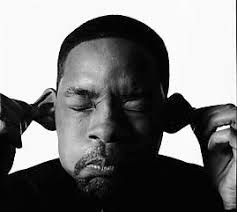
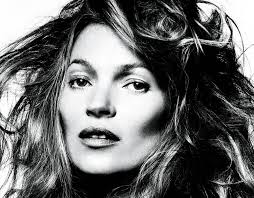

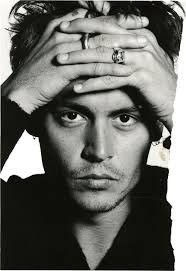

David Bailey relies on heavy lighting and works particularly well with high intensity on shading. This effect works well as it captures only certain features of the individuals faces. however with the technique of chiaroscuro artist usually tend to put the shading in the background and brining it into the face, but with Bailey’s work the background tends to be a lighter colour meaning that all tones of darkness and greyness are all focused on areas like the hair and some patches of the models face.

